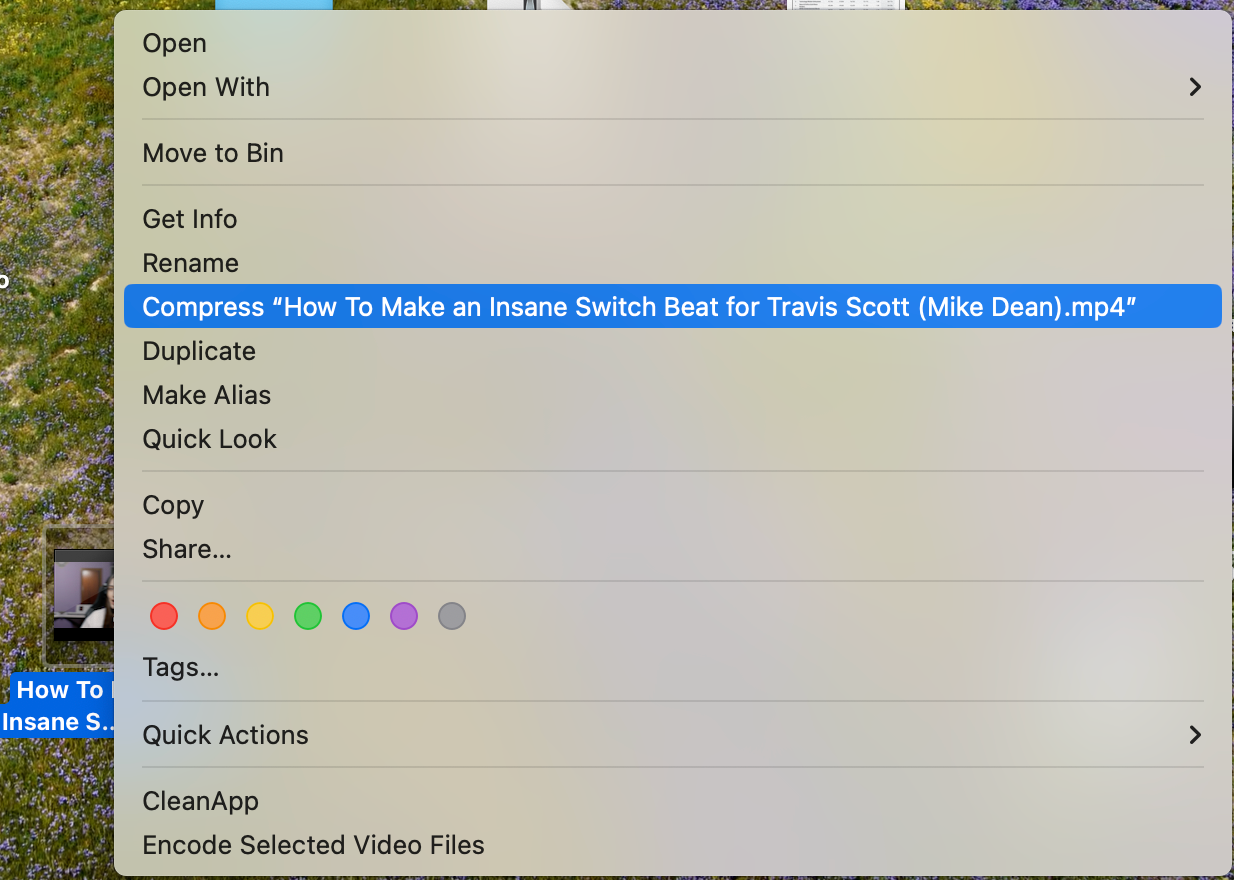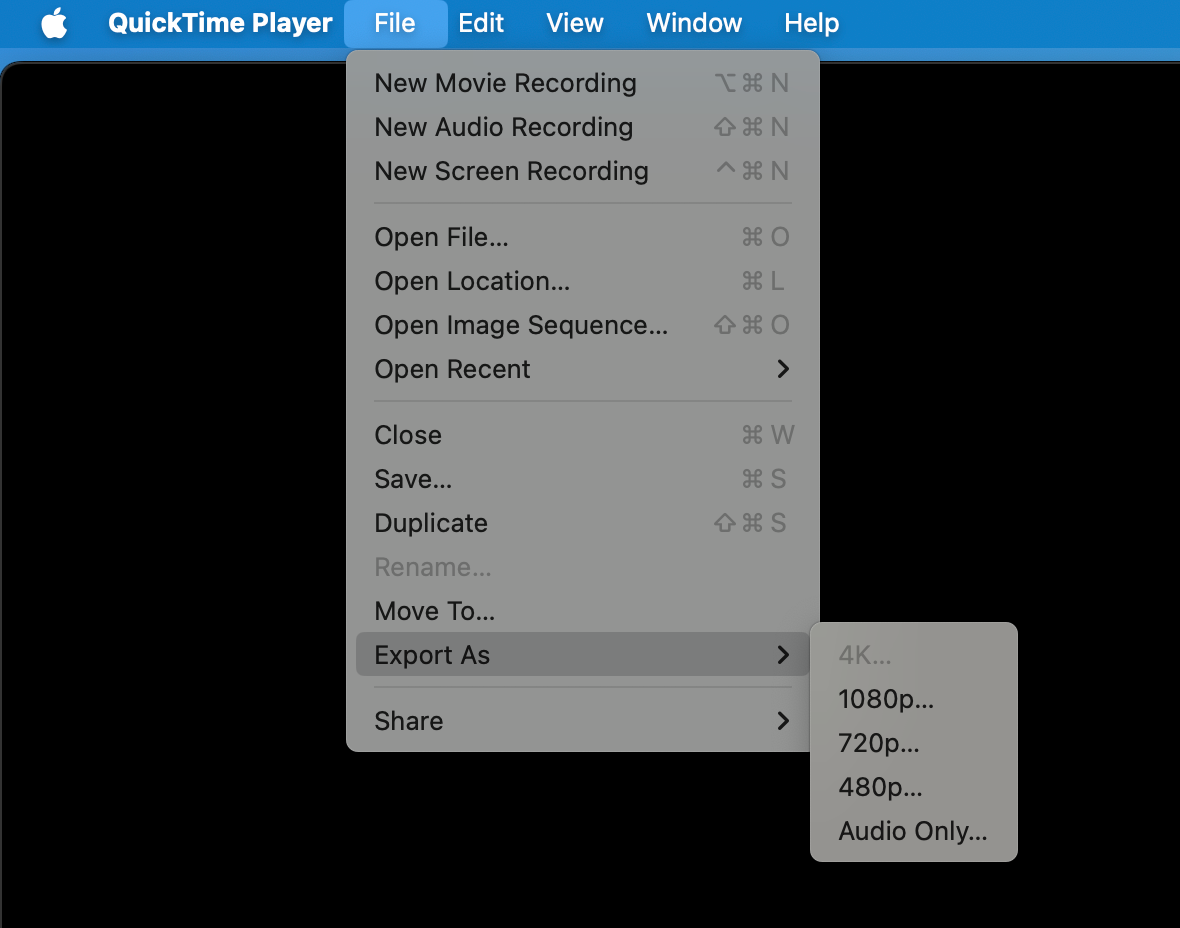How to Compress a Video: An Ultimate Guide for 2024 & Beyond
Learn the best ways to compress a video file without losing its quality.

Video files are often too large to be sent via email or shared on social media. Without compression, sending videos, streaming Netflix on moderate Wi-Fi, or even storing videos on outdated devices like VCRs would be impractical.
Thankfully, modern technology allows us to record and resize videos without significant quality loss (or sometimes almost with no loss at all). Video compression reduces file sizes, making storing and distribution across various platforms much easier.
What is video compression?
Video compression is the process of reducing the size of a video file, sometimes by removing redundant and non-essential information, such as:
- Spatial redundancy reduces repeated information within a single frame. For example, areas of a frame that are similar can be represented more efficiently.
- Temporal redundancy reduces repeated information across multiple frames. For instance, if parts of the video remain unchanged from one frame to the next, they don’t need to be stored repeatedly.
- Perceptual redundancy takes advantage of the human eye's limitations, removing details that are less noticeable to viewers.
What video compression basically does is making storage and transmission more efficient, allowing for smoother playback on streaming platforms, even with slower internet connections, and lowering storage and bandwidth costs for both consumers and providers.
Good to know: Types of video compression
Lossy Compression: Reduces file size by permanently eliminating certain data, resulting in some loss of quality. Common lossy video codecs include H.264, H.265 (HEVC), and VP9.
Lossless Compression: Reduces file size without any loss of quality. All original data can be perfectly reconstructed. Common lossless video codecs include FFV1 and Huffyuv.
7 methods to compress video files
Now that we understand video compression, let's explore five different methods to compress videos.
#1. Zip the Video
If you want to compress a video only because you need to send it via email, zipping a large video file is one of the simplest ways to compress it.
Here's how you can do it on both Mac and Windows:
🔴 Mac
- Find the video file in Finder.
- Right-click on the file.
- Select "Compress [filename]" from the context menu.
- A ZIP file will be created in the same location as the original video.

🔴 Windows
- Find the video file in File Explorer.
- Right-click on the file.
- Hover over "Send to" and select "Compressed (zipped) folder" from the submenu.
- A ZIP archive will be created in the same directory as the video.
#2. Convert the video format
Converting your video to a different format can also help reduce its size. Here's how to convert a video to another format:
- Find the video you wish to compress on your device.
- Import your video file into a video editing software. Popular options include Handbrake, Final Cut, Movavi, or iMovie.
- Select a more compressed format like MP4 with the H.265 (HEVC) codec.
- During the export process, select your desired format and codec.
- Save the newly compressed video to your device and check the reduction in file size.
#3. Trim the video
Shortening the overall runtime of a video by trimming out unneeded sections can significantly reduce the file size. This can be done with any video editing software (we've named some above).
- Load your video file into a video editing tool like iMovie or InShot (a mobile video editor).
- Use the slice, cut, or trim tool to shorten the beginning and end, or remove any unnecessary parts in the middle.
- Select the Export, Share, or Render option, depending on the software you're using. This is also a good opportunity to incorporate other compression techniques by setting encoder options to further reduce the file size.
#4. Reduce your video’s resolution
This technique is especially useful when considering where your video will be viewed. Here's how to reduce the resolution of a video:
- Determine the viewing platform:
- For YouTube: Lower the resolution to 1920 pixels by 1080 pixels if the original exceeds 1080p.
- For social media or mobile devices: A resolution of 720p (1280 pixels by 720 pixels) is often sufficient, as mobile screens make the reduced quality less noticeable.
- For Instagram: Crop the video to a square format of 1080 pixels by 1080 pixels if appropriate for the content.
2. Import your video file into a video editing program of your choice.
3. Find the video settings or export settings where you can choose a preset resolution.
4. Adjust the resolution:
- For YouTube: Scale down to 1920 pixels by 1080 pixels.
- For general social media: Lower the resolution to 720p (1280 pixels by 720 pixels).
- For Instagram: Crop the video to 1080 pixels by 1080 pixels for a square format.
5. Save the newly adjusted video and verify that the file size has been reduced as desired.
#5. Reduce the bitrate
Reducing the bitrate can effectively decrease the file size of your video without altering its length or resolution, and here's how it's done:
- Identify the ideal bitrate:
- Determine the appropriate bitrate for your video based on its resolution and the platform where it will be uploaded. For example, 8 Mbps for 1080p videos and 5 Mbps for 720p videos are good starting points for online streaming at standard frame rates.
- Social media platforms often have upload size restrictions, so consider reducing the bitrate to around 5 Mbps for 1080p videos to meet these limits.
2. Import your video file into a video editing program.
3. Go to the export, render, or share step in your software and locate the bitrate or video quality setting.
4. Adjust the bitrate. You can either select a video quality level such as low, medium, or high, or, in more advanced settings, you can type in the desired bitrate value.
5. Save the newly compressed video to your device and play back the video using your device’s media player to confirm the reduction in file size and ensure that the quality is acceptable.
#6. Compress your video online
Online video converter services provide a convenient way to compress videos without needing video editing software. Some services require account registration or a subscription for compressing longer videos, while others offer free options.
Here are a few online video compressors worth considering:
- Online Converter
- Video Smaller
- Adobe
- Cloud Convert
#7. How to compress a video on any device
🔴 How to compress a video on Mac using QuickTime
- Open QuickTime and choose the video file you want to compress. It will open in a new window.
- Go to File > Export As and choose the resolution.
- 4K: 3840 x 2160 resolution
- 1080p: 1920 x 1080 resolution
- 720p: 1280 x 720 resolution
- 480p: 640 x 480 resolution
3. Select the file location, name the file, add tags if needed, and hit Save.

🔴 How to compress a video on Windows or Linux (Using VLC)
- Launch VLC Media Player.
- Go to File in the menu bar, then select Convert/Stream.
- In the pop-up window, drag and drop your video file or click on Open media and choose the video you want to compress.
- Click the blue Convert / Save button.
- Scroll through the list to select a desired preset for compression.
- If you want to adjust the bitrate or other codec settings, click Customize. This will open options for adjusting the bitrate and codec settings on the video codec page.
- Click Save as File.
- Enter a name for your file and choose a destination folder where you want to save the compressed video.
- Click Save to start the compression process.
🔴 How to compress a video on mobile devices (iPhone and Android)
- Find the video file you wish to compress on your mobile device.
- Download a video compression app like Video Compress, VidCompact, or any other trusted app from the App Store (iPhone) or Google Play Store (Android).
- Open the app and import the video file you want to compress.
- Set the desired resolution and bitrate to reduce the video size.
- Compress the video and save it to your device. You can also share it directly from the app to various platforms.
As you can see, there are many ways to compress a video file—whether you need it for sending via email, sharing on social media, or just storing on your device. Not all of these ways guarantee a lossless compression, but you can test a few options to find the most optimized way of video compression.